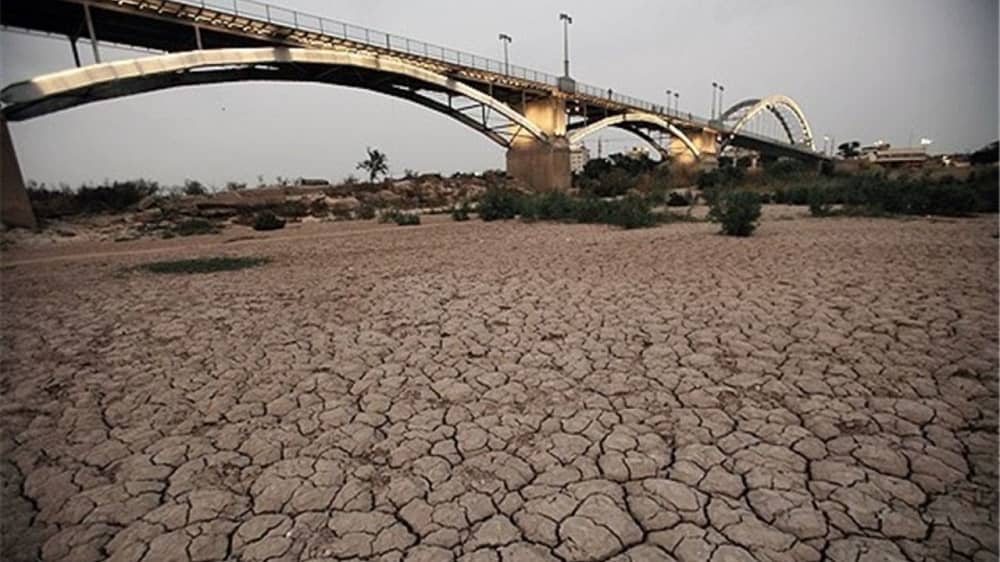The Iranian regime’s eight-year war on Iraq wreaked havoc on Khuzestan and other border provinces. However, even after the war, the Revolutionary Guards (IRGC) continued to devastate this part of the country through their destructive policies, according to the analysis of the National Council of Resistance of Iran (NCRI), and the People’s Mujahedin of Iran (PMOI / MEK Iran).
Environmental destruction
Despite the fact that this province is home to large oil facilities and resources in the gas and petrochemicals industries, these policies have resulted in environmental destruction and the spread of poverty and unemployment.
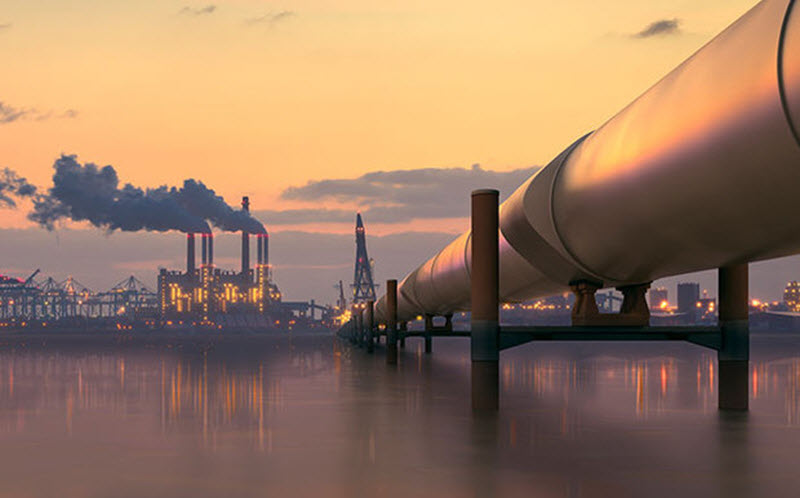
Lack of drinking water
Last year, the protests of the destitute people of Gheyzaniyeh district in the city of Ahwaz, with a population of 250,000, over a lack of drinking water made everyone wonder how Iran’s richest region in terms of natural resources could be reduced to such conditions.
Only a few days ago, former regime president Mahmood Ahmadinejad announced that a “security plan to prevent balanced development” is being discussed for Khuzestan.
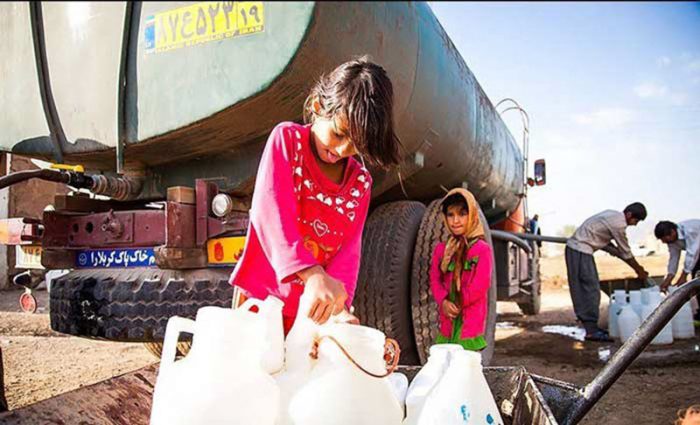
Prevent any investment in Khuzestan
“After the [Iran-Iraq] war the Supreme National Security Council approved a plan to prevent any investment in Khuzestan because the development of Khuzestan could cause problems for the government,” Ahmadinejad explained.
With a population of around 5 million people and a GDP of 14 percent, the province has a 40 percent socioeconomic participation rate. The province’s overall unemployment rate is more than 25 percent. Furthermore, more than a quarter of the population lives in poverty, and Khuzestan ranks second in the country in terms of slum residents.
Thereby, regions such as Khuzestan that are not physically, ethnically, or ideologically connected with the regime are deprived of economic prospects and benefits.
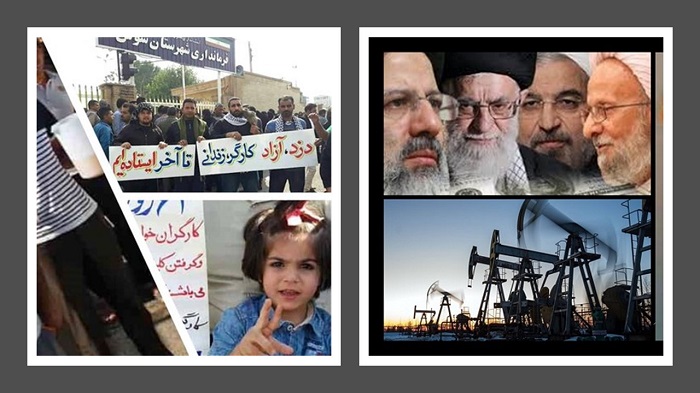
Irregular dams and water transfer
Protests and revolutions in Khuzestan and other provinces are gradually exposing the aims of regime supreme leader Ali Khamenei and the IRGC.
Irregular dams and water transfer from Karun tributaries have resulted in water deficit and high salinity in the country’s largest river. A total of 170 dams have been built on the Karkheh, Karun, Marun, and Jarahi basins, 70 of which are in Karun; upstream of Karkheh, 15 dams have been built in Kermanshah province and more than ten in Ilam province, however, none of these dams should have been built, according to analysts.
Throughout these forty years, specialists and scientific assessments have repeatedly stated that water should not be transferred from Khuzestan to other locations. All of these dams should not be constructed on rivers. Sugarcane should not be grown in areas that are not suitable for it.
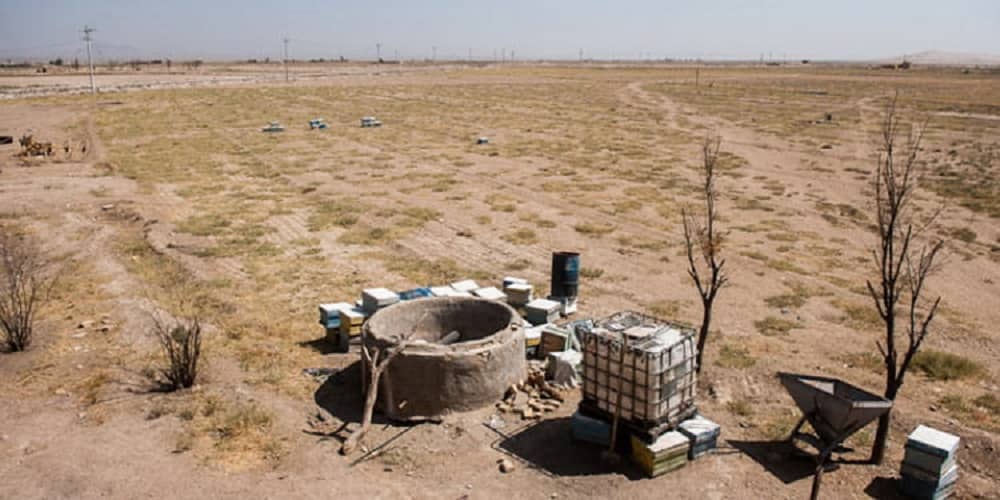
The plundering and destruction
On July 21, the Hamshahri daily published the following: “According to an informed Ministry of Energy source, the live and usable volume behind Karkheh Dam is currently 760 million cubic meters, according to today’s monitoring, and with this volume of harvest, we are only 54 days away from zero water in Karkheh Dam.”
The ongoing upheavals in Khuzestan and other parts of Iran have caught the attention of people all over the world. According to the French publication Liberation, an authority on Iranian issues, “the current drought in Khuzestan and Iran is not due to drought.” The biggest perpetrators are the Islamic Republic’s authorities, who believe that economic production is achieved by the plundering and destruction of natural resources, rather than their multiplication.”
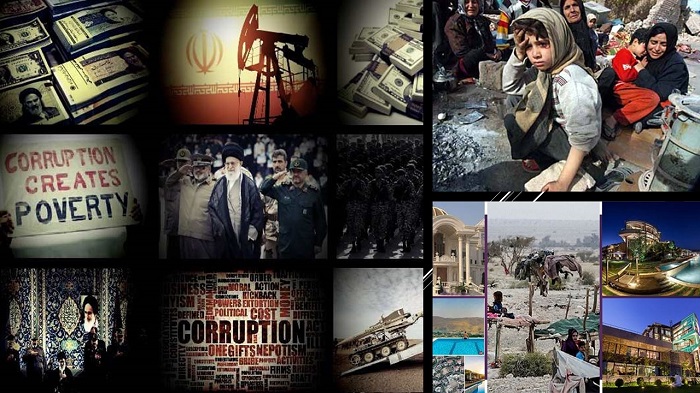
MEK Iran (follow us on Twitter and Facebook)
and People’s Mojahedin Organization of Iran – MEK IRAN – YouTube


